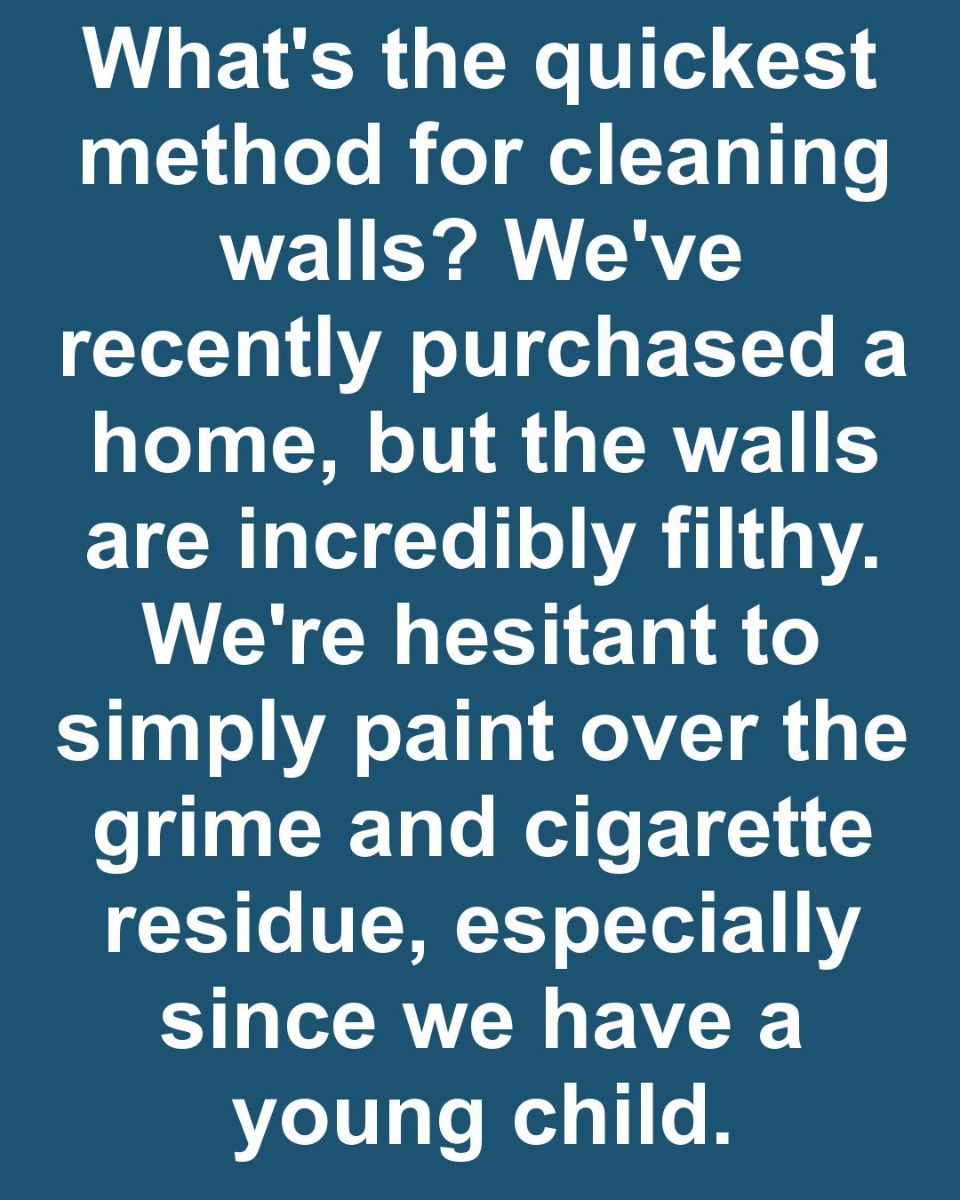Understanding the Risks of Painting Over Dirty Walls

Wish I saw this earlier
Painting over dirty walls can lead to peeling, uneven finishes, and the persistence of odors. Smoke residue can seep through paint layers, affecting air quality, which is particularly concerning with a young child. Additionally, unaddressed grime can degrade the integrity of the paint, causing a need for frequent repaints.
The Essential Supplies and Equipment for Wall Cleaning
To effectively clean your walls, gather supplies such as microfiber cloths, sponges, a long-handled mop for high areas, buckets, and protective gloves. You’ll need appropriate cleaning agents—such as trisodium phosphate (TSP) for tough stains—and household solutions like vinegar and baking soda. Always consider the type of paint on the walls, as this may dictate which cleaning materials to use.
Preparing the Room and Protecting Furniture
Start by removing as much furniture from the room as possible. Cover remaining items and flooring with plastic sheeting or drop cloths to protect against drips and spills. Use painter’s tape to shield outlets and baseboards. Ensuring adequate protection minimizes cleaning time and prevents accidental damage.
Choosing the Best Cleaning Agents for Different Types of Stains
Different stains require different solutions. For cigarette residue, a cleaner containing TSP is highly effective. For general grime, a mixture of warm water and vinegar can cut through dirt without introducing harsh chemicals. When dealing with mold, it’s crucial to use a bleach solution to kill spores.
Step-by-Step Guide to Cleaning Cigarette Residue
Begin by dusting the walls with a dry cloth to remove loose particles. Prepare a mix of TSP and water as per the instructions, and wear protective gloves. Use a sponge to apply the solution, working in sections from bottom to top to avoid streaks. Rinse the wall with clean water and dry thoroughly with a towel.
Tips for Handling Stubborn Grime and Mold
For stubborn grime, a paste of baking soda and water can be gently rubbed onto the affected area, then rinsed. Mold requires a focus on removal and prevention. Apply a solution of bleach and water, then scrub with a sponge. Ensure the area is thoroughly dried to prevent mold regrowth.
Natural Cleaning Solutions Safe for Homes with Children
When cleaning in homes with children, prioritizing safety is key. Vinegar and baking soda are non-toxic alternatives that can effectively tackle many household stains. Essential oils, such as tea tree or lavender, can be added for their antibacterial properties and pleasant aromas without introducing chemical risks.
Ensuring Proper Ventilation and Drying After Cleaning
Proper ventilation is crucial to remove cleaning solution odors and improve drying times. Open windows and use fans to increase airflow and speed dry any residual moisture, which can prevent mold growth. A dehumidifier can also be beneficial, especially in humid climates.
When to Consider Professional Cleaning Services
Consider professional cleaning services if the walls are extensively stained or if you feel overwhelmed by the task. Professionals have access to industrial-grade cleaners and equipment that can make quick work of removing stubborn residues, and they can ensure safety and efficacy.
Safety Precautions for Cleaning in Homes with Young Children
Safety in homes with children involves securing cleaning supplies out of reach and ensuring chemicals do not linger in the environment. Use child-safe and environmentally-friendly cleaning agents and conduct thorough ventilation post-cleaning. Always monitor the child’s presence around wet walls to prevent accidents.
Conclusion: Maintaining Clean and Healthy Walls
Regular maintenance will prolong the cleanliness and health of your walls. Regular dusting and spot cleaning will prevent buildup, while annual deep cleans ensure no unseen residues persist. With clean walls, you’re not only enhancing the home’s appearance but also safeguarding your family’s health.
